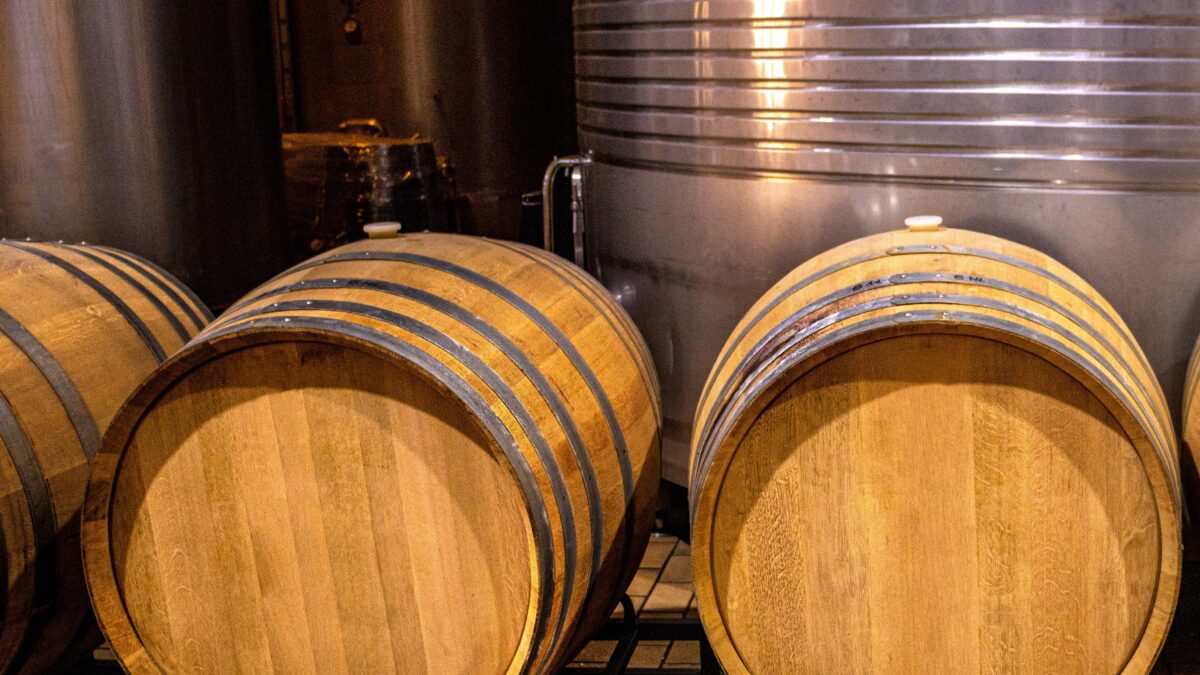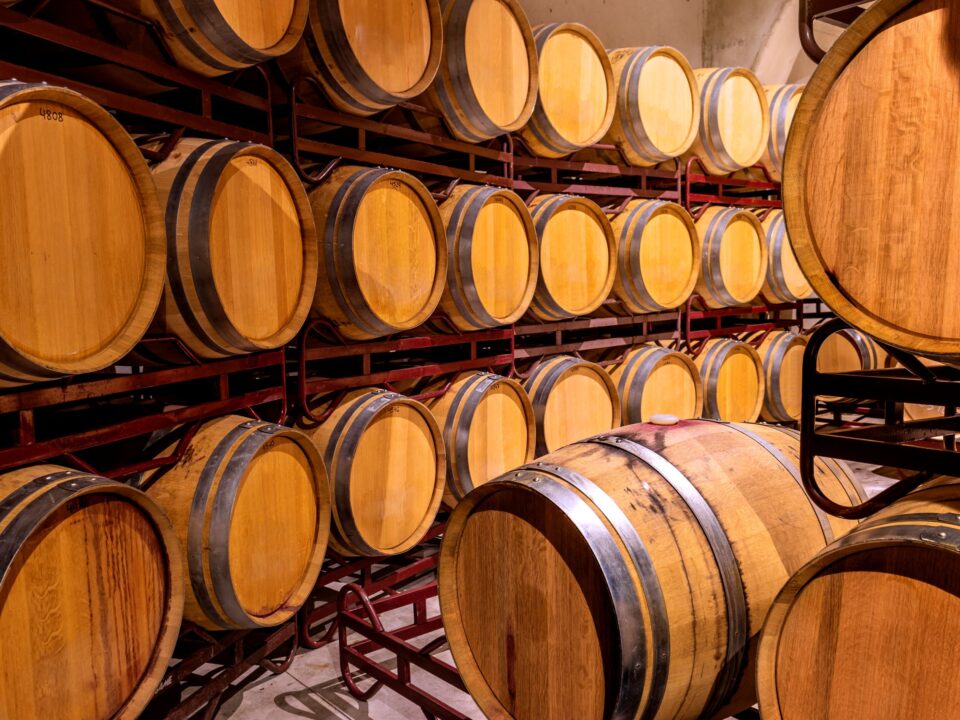
Oak Barrels in Bourbon Aging: A Southern Tradition
January 18, 2024
The Role of Barrels in the Rise of Craft Spirits
January 21, 2024A wine barrel is one of the most costly components in any craft beverage production facility. Therefore, its caretakers must take extra precautions when creating, sourcing, cleaning, and sanitizing these vessels to protect their lifespan as much as possible. Clean and sanitizing a used bourbon barrel using dry steam is widely acknowledged to be the most efficient approach.
Steam generators combined with reliable water pressure washers allow for an effective solution in treating the barrel surfaces, which removes unwanted particle residues and microbes that other cleaning methods cannot reach. To learn more about alcohol fermentation and barrel cleaning techniques, contact a Rocky Mountain Barrel Company now!
Reusing a used wine barrel for wine barrel aging poses the risk of becoming infected with spoilage organisms, which could have severe ramifications for wine quality and aging potential. Bacteria can penetrate wood structures up to 8mm deep, making it challenging for sanitation treatments to achieve complete sterilization in an empty wine barrel. To prevent this, a thorough cleaning and sanitization should be done!
Use a Barrel Brush
Winemaking requires the use of wooden barrels, which give the final product its unique characteristics. One of the greatest methods for cleaning an old wine barrel is to use a barrel brush. These brushes are specially designed to access small crevices and corners of the barrel. Regular use of these brushes helps keep the barrel looking and tasting like new. To learn more about the cleaning techniques for used barrels and where to get the used barrels in sale, contact Rocky Mountain Barrel Company now!
Use Hot Water
Hot water proves to be an effective tool for cleaning and sanitizing wine barrels. A high-pressure wash with a hose attachment can efficiently remove tartrate buildup and tannins that may compromise the quality of wine stored in the barrel. Dry steamers can also offer effective barrel sanitation by killing any hidden bacteria hiding within its pores while simultaneously rehydrating staves and hoops that hold it together – saving water while decreasing chemical usage. As a part of Alcohol fermentation, an effective basic sanitizing solution should be added to each barrel and allowed to soak for five minutes before being rinsed off with citric acid solution to neutralize any alkaline residue that remains.
Use a Steam Cleaner
Utilizing a steam cleaner eliminates unnecessary cleaning chemicals while using high-temperature steam to sterilize stainless tanks, barrels, bungs, and bottling lines – reaching into their pores to sanitize them quickly in minutes. Steam cleaners not only remove stuck-on tartrates, but they can also more effectively eliminate bacteria and fungus than hot water alone. Plus, their use preserves toasting flavors while being quicker than more aggressive cleaning methods like dry ice blasting or shaving. Routine cleanings are important to prevent mold and bacteria growth that could impact wine quality, prevent these unwanted organisms from spreading to unaffected barrels, and move final wine quality. Cleaning is crucial for minimizing barrel taint, as it helps control unwanted flavors within affected barrels and prevents them from spreading to new, unaffected ones.
Use Chemical Acids
A rustic used bourbon barrel should also be kept clean to preserve its rustic elegance. Wine barrel cleaning is a vital component of winemaking, but it can be easy to mistake “cleaning” for “sanitizing.” While cleaning may remove visible debris from barrels, true sanitization kills yeast and bacteria growth that has taken hold in their interior surfaces. Sanitizing wooden barrels poses challenges due to their porous and layered nature. Effectively reaching all surfaces can be difficult, and the presence of even a single spore can lead to the development of a resilient colony of microorganisms, making it challenging to eliminate with standard sanitizing chemicals like chlorine or sulfur-citric acid. Ozone treatments offer one solution for more comprehensively cleaning and sanitizing barrels.
Use Sulfur Dioxide
Many winemakers utilize physical techniques for cleaning and sanitizing barrels, such as shaving the charred surface or dry ice blasting. Still, these may leave harmful yeast in the wood, potentially creating off-flavors in wines made using them. Sulfur dioxide used after cleaning can help suppress bacteria, prevent the production of acetaldehyde in barrels, and control their formation during alcohol fermentation. For optimal effectiveness, sulfur dioxide must be added before beginning alcohol fermentation. Otherwise, it will bind itself up and be useless at combatting microbial growth and oxidation. Contact one of the barrel experts at Rocky Mountain Barrel Company to learn more about the Wine barrel aging process and how to get the best-quality used barrels.
Conclusion
Before sanitizing a barrel, it is strongly suggested that each container be thoroughly cleaned of gross sediment and color/tartrate coatings on the inside surface of each container. Cleaning and sanitizing a used wine barrel are distinct processes. Sanitizing entails introducing a chemical solution into the barrel, ensuring it makes contact with all interior surfaces.
Clean barrels help eliminate spoilage organisms and limit oxidation of wine inside, maintaining consistent flavor profiles while increasing aging potential. Rocky Mountain Barrel Company offers some of the best-quality used wine barrels for its clients and prefers a cleaning and sanitizing approach that is gentler as well as equally effective, cost-efficient, and time-efficient. Contact one of our barrel experts to learn more about the cleaning process now!




